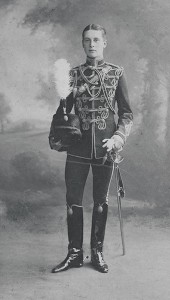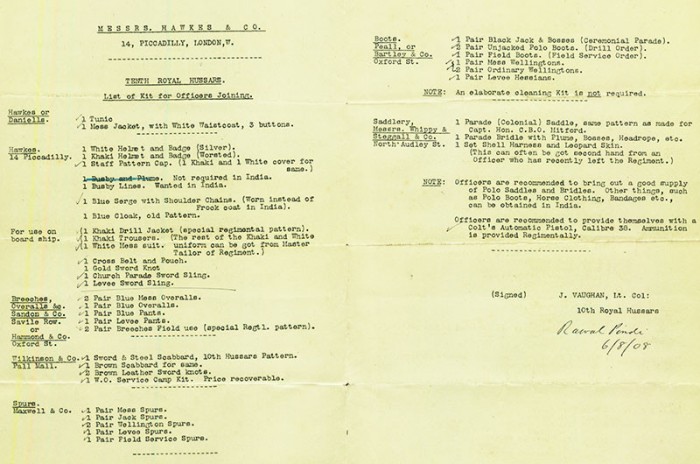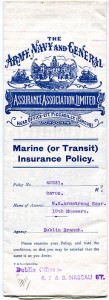Securing a commission as officer in the regular army was not easy. Candidates needed to be unmarried and aged over 20 but under 25, with good leaving qualifications either from a university or a military college. They were expected to have completed a continuous period of training with a regular army unit and to have secured a recommendation from their commanding officer.
If a candidate was deemed eligible to compete, he then underwent an examination in the subjects of military history and strategy; tactics; military engineering; map reading, field sketching and reconnaissance; military law; and military administration and organization. Finally, candidates who obtained sufficiently high qualifying grades had to pass a rigorous medical examination to prove their physical fitness.
Nor was the life of a military officer cheap. Officers joining a regiment had to purchase their own uniforms and equipment. In a cavalry regiment, this meant a generous supply of saddles, bridles and harnesses for training, parades and polo. Officers serving in India also needed such exotic ceremonial accessories as leopard skins to complete their horses’ harness! Officers serving overseas were responsible for covering the cost of transport and any related insurances.
10th Hussars | Becoming a Hussar | Service in British India | Service in South Africa | Meet the Hussars





